the method of determining the efficiency of separators
Repair work on separators is carried out, as a rule, in order to increase the efficiency of the separator and reduce the entrainment of droplet moisture and mechanical impurities. Work on the replacement of internal separation elements is carried out without violating the integrity of the vessel body, through the manhole.
To determine the effectiveness of the work carried out, separation efficiency measurements are carried out before repairs are carried out in the separator and separation efficiency measurements are carried out after the replacement of internal separation devices.
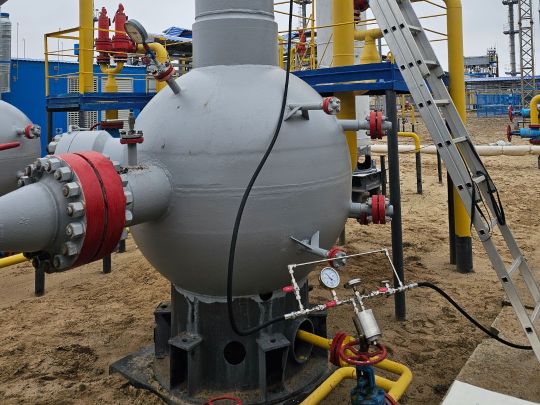
The assessment of the removal of droplet liquid from the separator is carried out according to a Program and methodology that allows determining the amount of droplet liquid in the gas stream during separator operation.
The method for determining efficiency is based on measuring the volume flow of gas and taking part of the flow under study while maintaining speed, temperature and pressure, and then separating it into a coalescing material with a known efficiency, measuring the amount of gas passing through this material and the trapped liquid. Under these measurement conditions, it is possible to analyze the selected flow using a test filter separator.
In this case, the separation of the flow under study and the measurement of the amount of separated liquid occurs without changing the thermodynamic conditions of the technological process.
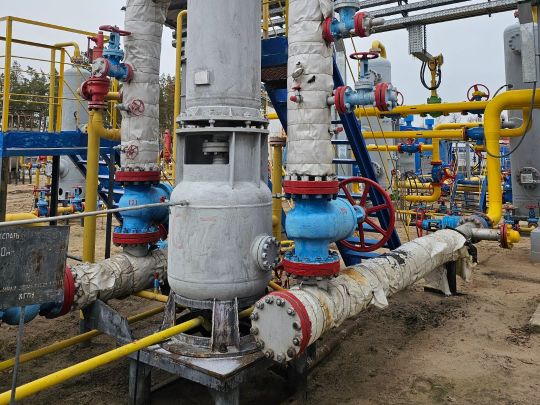
During the operation, the efficiency of the separator is measured before and after the repair work.
In both cases, measurements are carried out in samplers mounted on the inlet and outlet pipes of the separator.
One of the main conditions for accurate determination of the amount of droplet liquid in a gas is compliance with the isokinetic flow condition, when the gas flow rate in the pipeline fully corresponds to the flow rate of the gas sample in the sampling probe.
In this case, there is neither locking of the gas sample in the sampler nor the effect of sucking an additional gas stream with liquid into the sampling probe.
Compliance with the isokinetic condition makes it possible to achieve the necessary measurement accuracy and guarantee an accurate measurement result.
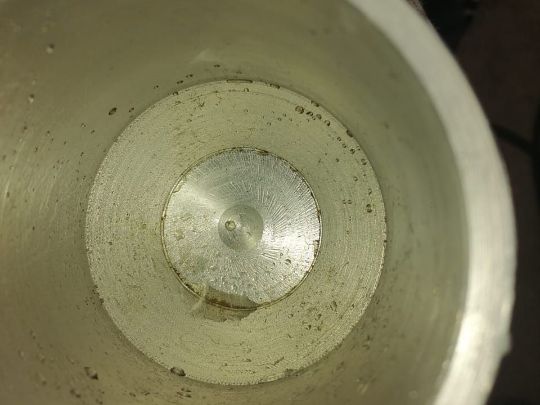
A special research facility has been designed and manufactured for carrying out measurements, which allows measurements to be carried out on an installed separator.
The installation includes, in addition to the necessary strapping, a filter with a cartridge installed inside, which has a reference, 100% efficiency of separating liquid from gas flow. This allows for complete separation of the liquid from the gas sample and ensures the necessary measurement accuracy.
During the tests, a gas sample is taken in the calculated volume, and the liquid content in the gas sample volume is determined during sampling.
After the measurements are carried out, the resulting volume of liquid is converted to the total gas flow passing through the gas separator. Measurements are carried out on the basis of the Measurement Program and methodology, which is agreed with the Customer prior to the start of work.
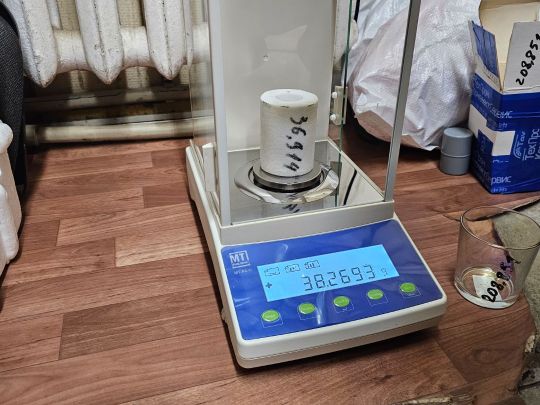
The method of determining the separation efficiency allows you to determine the efficiency of the separator using two methods.
According to the method of relative efficiency, when the quality of the separator is estimated as the ratio of the amount of liquid droplets at the inlet and outlet of the separator under study. And according to the method according to which the amount of drip liquid removal from the separator is determined regardless of the liquid content at the inlet to the separator.
We believe that it is not correct to determine the efficiency of the separator by the relative method in %, since the final result directly depends on the content of droplet liquid at the inlet to the separator. At the same time, the efficiency of the separator is always the same and it gives a constant amount of entrainment, almost regardless of the liquid content at the inlet. Therefore, reducing the amount of liquid at the inlet does not affect the actual separation efficiency, and in % it will be displayed as a decrease in the efficiency of the separator.
That is why we always define the efficiency of the separator as the amount of entrainment of droplet liquid or mechanical impurities at the outlet of the separator.
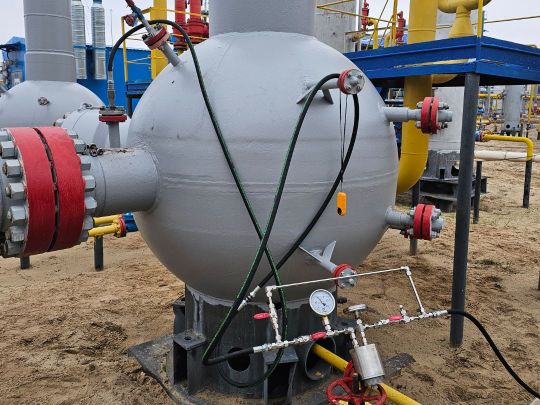
In addition, this Technique makes it possible to determine the efficiency of a separator operating on dry gas, without the content of droplet liquid, and with the content of exclusively mechanical impurities.
Also, according to this method, it is possible to artificially dust the gas flow at the inlet to the separator, provided there is insufficient content of mechanical impurities in the gas in front of the separator.
The results of the conducted research are usually formalized by test certificates indicating the main technological parameters of the equipment under study.
Today, we can say with confidence that we have a method for determining the efficiency of the separator, which covers all the technological needs for the studied parameters of separators.
 — Бесплатные Сайты и CRM.
— Бесплатные Сайты и CRM.